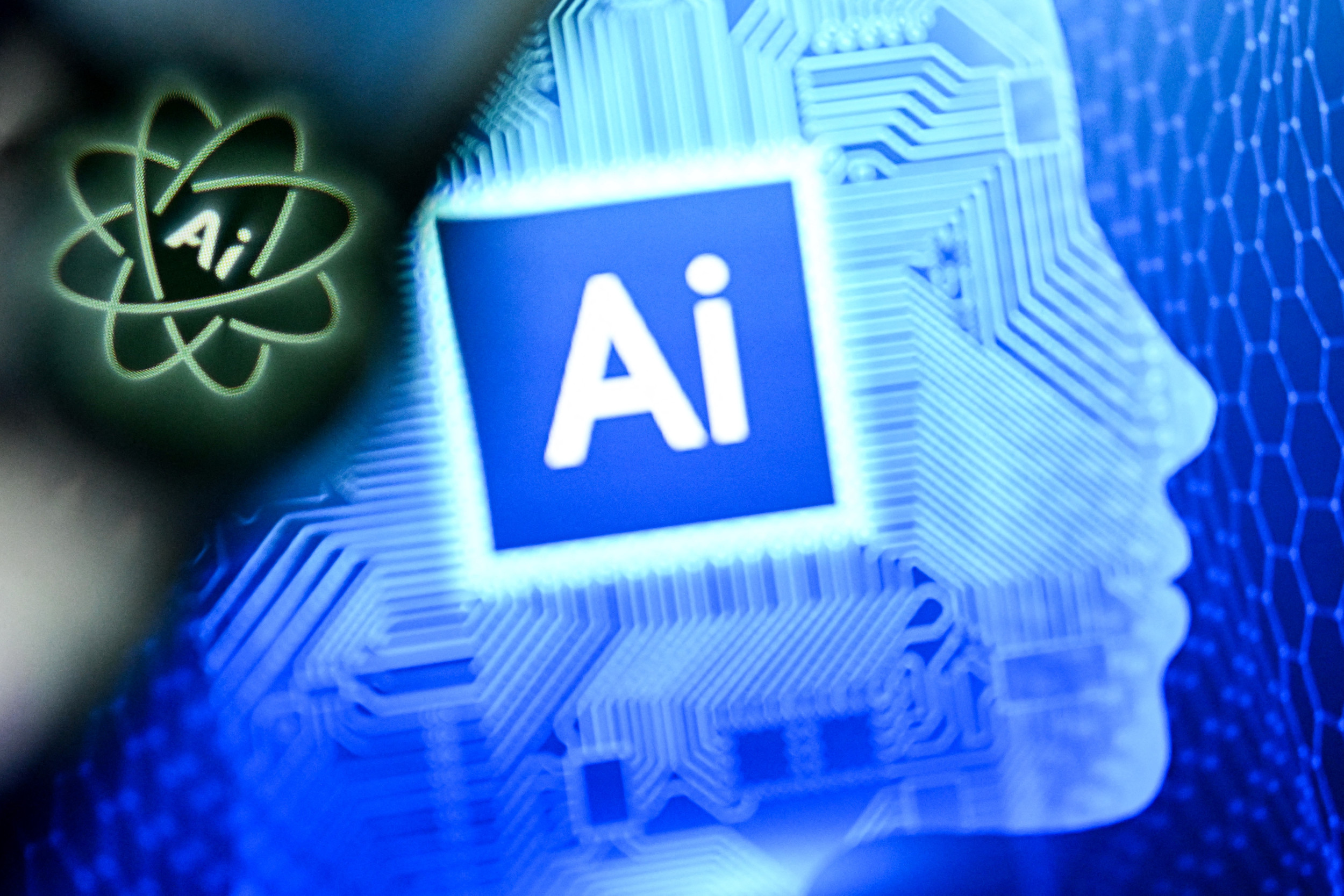
A special report from the International Energy Agency (IEA) released today projects that global energy demand from data centers will more than double in the coming five years, consuming slightly more energy by 2030 than the entire yearly electricity consumption of Japan today.
Artificial intelligence is expected to be the main driver of the increased energy demand. AI data centers generally use large, energy-intensive GPU chips, and the scale of data processing required for training and operating most AI models requires large amounts of energy. The IEA said energy consumption of data centers specifically intended for AI could more than quadruple by 2030.
Electricity use by data centers in the U.S. will likely account for nearly half of the growth in electricity demand in the country between now and 2030, the report found. By the end of the decade, the IEA said, more U.S. electricity will go into data processing than to all the country’s manufacturing of aluminum, steel, cement and chemicals combined.
While highlighting the coming surge in energy demand for AI, the report also noted the potential for AI to transform how the energy sector itself operates, offering ways to increase efficiency and to cut costs and emissions.
Kirill Kudryavstev/AFP via Getty Images
“With the rise of AI, the energy sector is at the forefront of one of the most important technological revolutions of our time,” IEA Executive Director Fatih Birol said in a statement accompanying the report’s release. “AI is a tool, potentially an incredibly powerful one, but it is up to us—our societies, governments and companies—how we use it.”
The IEA report is the latest research projecting tremendous growth in energy needs for data centers, part of a larger trend of growing electricity demand both in the U.S. and globally following a long period of flat electricity demand.
A Department of Energy report in December predicted that electricity use by data centers in the U.S. could nearly triple over the coming three years, consuming as much as 12 percent of the country’s total electricity output by 2028.
Earlier reports by consulting giant McKinsey & Company and the Electric Power Research Institute projected similar jumps in data center energy use.
All the research, however, includes a large margin of error as the researchers note the high degree of uncertainty about how big the AI boom will get and just how much power data centers will need as tech companies make efficiency improvements.
The arrival of the cheaper and less energy-intensive Chinese AI model DeepSeek in January raised questions about energy demand for AI. DeepSeek’s low-cost approach to training large language models suggested a more energy-efficient AI future.
“It raises the potential that electric demand from model training may end up being lower than previously thought,” John Larsen, a partner at the research firm Rhodium Group, told Newsweek at the time.
Rapid data center growth and the uncertainties about their energy demand challenge utility companies and electric grid managers who must make decisions about power generation and transmission with a long view in mind.
If utility companies do not build power generation and power lines to meet the high-end projections of data center demand, they risk a situation where the electricity supply is short, prices climb and the grid could be less reliable.
On the other hand, if they do invest in new, large-scale energy supply and the AI boom goes bust, those utility companies and their ratepayers could be left with the bills for unneeded power infrastructure.
A trend toward powering data centers “behind the meter” with on-site energy production could help to reduce some of the demand on the electric grid. The type of power tech companies and data center builders opt for also carries big implications for the associated air pollution and greenhouse gas emissions. Some data center power deals have resulted in more rapid development of clean energy such as wind and solar. Others, however, lean on fossil fuels such as natural gas.
Two recent developments offer ways to better understand AI’s energy profile and put AI to work to improve the power sector.
A tool developed by AI researchers allows companies that are thinking about adopting AI tools to compare the energy profiles of competing models and make a more sustainable choice. Researchers compared it to the Energy Star rating system for appliances.
Last month the Electric Power Research Institute launched a collaborative project with major tech companies and the world’s leading electric utilities to develop an AI model specific to the needs of power companies.
The IEA said it plans to soon launch an Observatory on Energy, AI and Data Centers to gather worldwide data on AI’s electricity needs and track how AI is applied to the energy sector.
